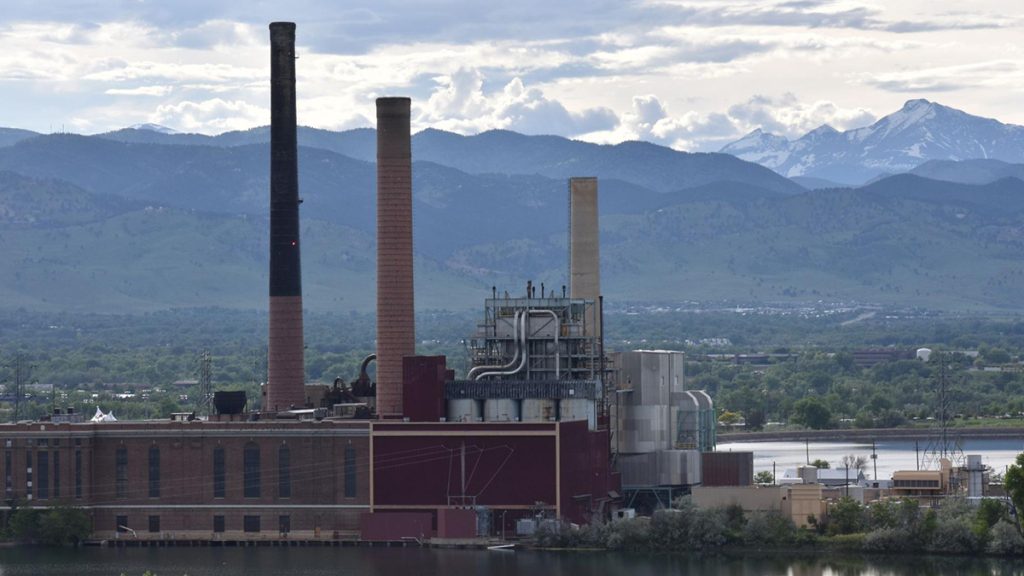
Photo: Tyler Hickman
Boulder’s million-ton coal ash problem
Investigated not by experienced journalists, but by a community pop-up newsroom
“Excellent reporting. Thank goodness for BRL.”
“We need more reporting like this.”
“This was a really interesting article, it’s rare to find reporting that goes in depth with each aspect of an issue, instead of just sensationalizing it.”
“This is a really stellar and thorough bit of reporting from BRL”
“Seriously impressive work by this newer reporting outfit.”
“I can’t tell you how wonderful it felt to feel the presence of investigative journalism at work on this hyperlocal (but widely important) story.”
These are some of the responses we received to the newest project published by our newsroom Boulder Reporting Lab (BRL), Hidden Hazard: Boulder’s Million-Ton Coal Ash Problem. But this story wasn’t reported by our team of seasoned journalists. It was reported by our second community pop-up newsroom project, involving a mix of students of journalism and others not affiliated with the field.
Our team at Boulder Reporting Lab provided vision, leadership, editing, legal support, communications, publishing and other necessary elements. But the ultimate success of the project was through determined collaboration. The reporters, drawn from diverse backgrounds, provided the reporting at the heart of this ambitious story.
This is the promise of a community pop-up newsroom. It adds reporting capacity to overstretched local newsrooms that want to be ambitious with their journalism but face constraints.
This is the promise of a community pop-up newsroom. It adds reporting capacity to overstretched local newsrooms that want to be ambitious with their journalism but face constraints. While local news editors might have to focus on running their small newsroom and guiding staff reporters on day-to-day projects, reporters in a community pop-up newsrooms can step in to fill the longer-term project gap. In the process, pop-up reporters gain the invaluable experience of working alongside a professional news organization and a chance to impact the community they live in. And that community benefits from needed in-depth original local journalism that otherwise wouldn’t have been produced.
This pop-up project illustrated what to do and what not to do, highlighting the impact of collaborative efforts to produce high-standard investigative journalism. And it showed such projects can attract funding. On this project, we secured a grant from the Pulitzer Center that allowed us to hire expert consultants to analyze coal ash data — a crucial financial boost that may not have been possible for a sole newsroom. The community collaboration and training aspect of the pop-up appealed to the grant providers.
This project was also a lesson in the need for better planning. Published five months later than intended, more consideration of deadlines, along with a better understanding of the potential legal liability given its investigative nature, would have helped this project reach the public sooner.
The how-to guide I will publish early next year will distill lessons learned from our first two projects. Aimed at helping newsroom leaders who want to build their own pop-ups, it should help others avoid the pitfalls we made. Until then, explore these two projects as examples of innovative, high-quality local collaborative journalism. The first, “No Return: Marshall Fire’s Standing Home Survivors,” shed light on the complexity of what it means to survive a wildfire, earning multiple journalism awards. The second, published this December and covering coal ash, has already sparked crucial discussions on a public health issue previously unreported in our community.

Comments